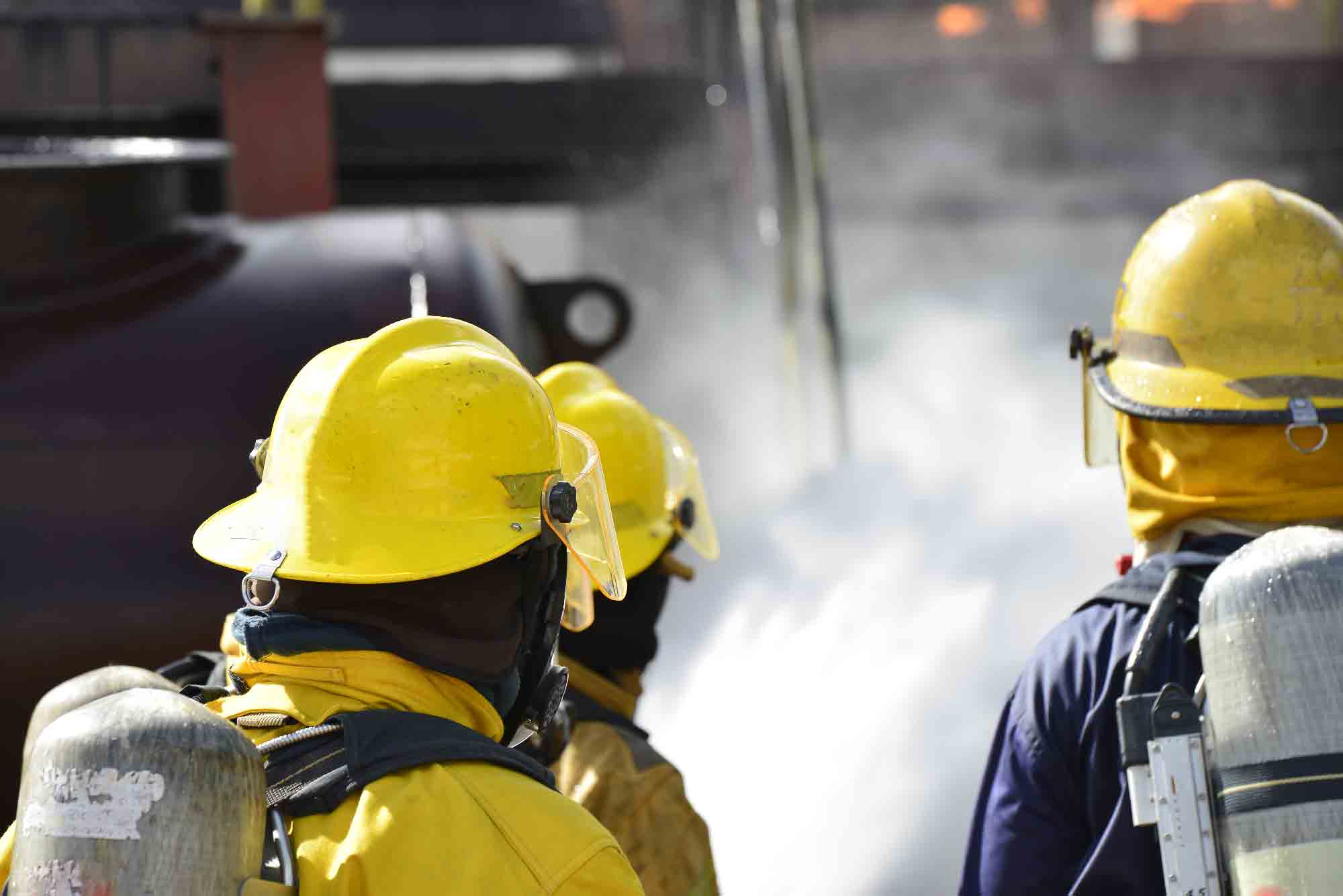Hazardous Waste Worker Refresher

To locate and register for a class near you visit IBT Worker Training Program and click on Upcoming Classes.
COURSE TITLE:
Hazardous Waste Worker Refresher Course
STUDENT CONTACT HOURS:
8 Hours
COURSE DESCRIPTION:
This course satisfies the requirements for annual refresher training for hazardous waste site workers. The course covers the material required by these OSHA standards and meets the requirements of the NIEHA Minimum Criteria. This includes specific topics such as protective equipment, and also includes changes in regulations, new equipment and procedures, and lessons learned from accidents at hazardous waste sites.
INTENDED AUDIENCE:
Workers who have taken the initial minimum 40 hour Hazardous Waste Site Worker Course and are due for their annual refresher training.
APPLICABLE STANDARDS:
OSHA 29 CFR 1910.120(e)(8) and 29 CFR 1926.65(e)(8)
TEACHING METHODS:
Instructor lecture with student questions and discussion. Small group student activities. Demonstration of equipment and procedures. Hands-on review of respirator and protective clothing use.
CURRICULUM MATERIALS:
114-page student manual: Teamsters Hazardous Waste Refresher Training.
One or more brief videos, depending on the training needs of the particular group of students. These may include Confined Space Entry, Heat Stress, and Chemical Incompatibilities.
OTHER REQUIREMENTS:
(1) A single instructor may teach this course provided that the class size does not exceed 30 students.
(2) If this course includes any dress-out activity, then at least two instructors will be present and a student/instructor ratio of no more than 5:1 will be maintained during dress-out activities.
INSTRUCTOR QUALIFICATIONS:
- Taken the Initial Hazardous Waste Site Worker Course and Refresher
- Holds a current hazardous waste worker certification.
- Attended the annual IBT Instructor Development Program
- Taught this course under the supervision of an experienced instructor
- Evaluated by the Principal Investigator
TESTING AND PERFORMANCE EVALUATION:
10 Question multiple choice Pre-Test.
15 Question multiple choice Post-Test.
MODULES AND LEARNING OBJECTIVES:
This course follows topics and learning objectives contained in the student manual. These are listed below.
INTRODUCTION AND PRE·TEST (1 HOUR)
- Course Overview.
- 10 Question Pre-Test.
HEALTH HAZARDS (2 HOURS)
- Identify the ways that chemical exposure can affect your health. Routes of entry. "Acute" and "chronic" health effects. "Local" and "systemic" health effects. "Target organ" and "latency period".
- Identify how to work safely in heat stress conditions. Four types of heat stress Conditions that can cause heat stress. Steps to prevent heat stress.
- Identify the hazard caused by exposure to loud noise and the proper preventive measures. Hazard caused by exposure to loud noise in the workplace. Sources of loud noise. Six parts of a hearing conservation program. Measures used to prevent overexposure.
SAFETY HAZARDS (1 HOUR)
- Identify the hazards of static sparks when handling flammable or combustible liquids. Why static sparks occur. Why both bonding and grounding are important when transferring flammable or combustible liquids. Proper procedure for bonding and grounding of containers.
- Describe five common pairs of incompatible chemicals.
HAZARD CONTROL PROCEDURES (1 HOUR)
Identify the principle methods of hazard control used at hazardous waste sites. Ten major provisions of a Site Safety and Health Plan. Three principal work zones, and the control lines between the work zones. Requirements of the buddy system. Five methods of controlling hazards.
PERSONAL PROTECTIVE EQUIPMENT AND CLOTHING (1 HOUR)
- Identify the components of each level of protection. When each level of protection is to be used. The difference between Level A and Level B. The difference between Level B and Level C.
- Correctly don and doff respirators. Air purifying and air supplying respirators. Limitations of air purifying respirators. Limitations of air supplying respirators. Review donning and doffing specific respirators.
NEW DEVELOPMENTS (1 HOUR)
- New regulatory developments.
- Review of lessons learned from accidents and incidents at hazardous waste sites.
- Demonstrate new personal protective, sampling or hazard control equipment.
POST-TEST AND EVALUATION (1 HOUR)
- 15-Question Post-Test. 11 correct (73%) needed to pass the course.
- Student Evaluation Forms.

